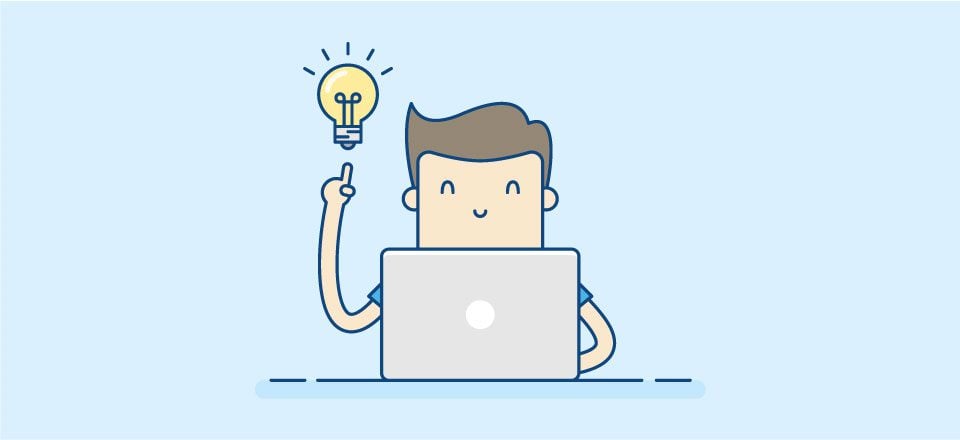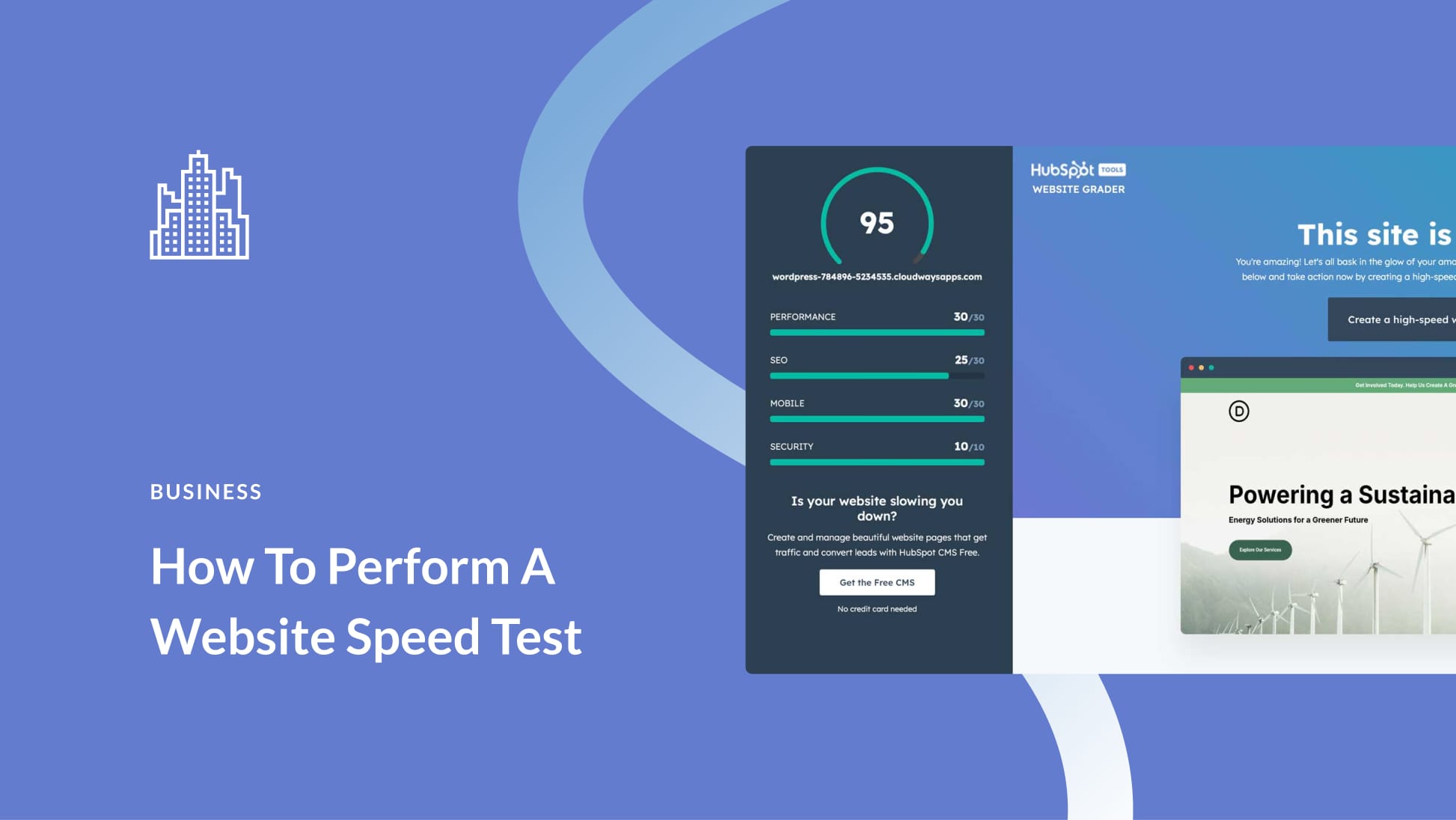At one point or another, we’ve all been in the ‘flow state’ (or ‘in the zone’, as some people call it.) There are few things like the rush of getting into the zone, and once you’re in, your productivity usually skyrockets. The problem is, getting into flow state is not an exact science, which makes it hard to conjure when you need it.
Although you can’t flip a button to toggle into flow state, you can get into the right mindset to improve the chances of it happening. It can take some work, but if you can get into the zone even remotely often, your work should improve by miles.
Why Your State of Mind Affects Your Work
We’ve all had days where we didn’t feel at all productive. In some cases, it can be because your body isn’t playing nice. For example, if you have a headache, a cold, or even an upset stomach, focusing on work can be nearly impossible.
The thing is, your mental state is just as important to doing excellent work. However, modern work culture teaches us to power through bad mental days, instead of taking the time to address the underlying issues. This is counterproductive, because if you’re not in the right mindset, you may not be able to focus – which can lead to shoddy work.
In some cases, your mental state might affect your work without you even noticing it. Curiously enough, there are a lot more studies concerning the impact of your mental state as related to sports performance than there are about regular workplaces.
If you think about it, athletes always need to be at peak performance. It’s important they look to optimize every aspect of their routine, and the top ones know a positive mental state can have a significant impact.
There’s a lot of literature discussing the mental state and its correlation with high-performance in the workplace. Some of our recommendations include Daily Rituals: How Artists Work by Mason Curey and Flow: The Psychology of Optimal Experience, by Mihaly Csikszentmihalyi. Throughout the rest of this article, we’re going to focus on flow in particular.
What Is Flow State (And Why You Need to Master It)
The concept of flow state sounds very new age, but it’s something most of us experience several times throughout our lifetimes. When you’re ‘in the flow’, you can feel distractions fade away, and your focus becomes razor sharp. In practice, this state should lead to multiple benefits, including:
- Being able to accomplish more work in less time.
- Better overall results due to your increased focus.
- A sense of satisfaction due to a job well done.
Some people go as far as to compare flow state to the ‘runner’s high,’ which is a feeling runners experience when they get into the zone. This is because accomplishing your goals (even small ones) increases dopamine production just as exercise does, which makes you feel great.
To be clear – there are no hard and fast rules for getting into the zone. Anyone telling you otherwise is probably trying to peddle an online course or a supplement. However, since we can all agree that flow state is real, it stands to reason there may be commonalities in the way we trigger it.
In a minute, we’re going to talk about some tips to get you help into the right mindset to try and trigger flow state. Before this though, let’s talk about some of the characteristics of flow.
The Characteristics of Being in a Flow State
As you might imagine, not all types of activities are conductive to flow state. There’s no list of ‘flow-approved’ activities, so to speak. However, there are some characteristics many of them share.
For example, activities that give you immediate feedback tend to be helpful. If you’re an athlete, you’ll have a set of clear goals you need to accomplish, such as scoring a goal. When you succeed, you’re triggering positive feedback, which can lead to getting into the zone.
However, for this to work, the activity you’re performing needs to be at least somewhat challenging. Washing dishes, for example, can be relaxing since you can let your mind go blank. However, it’s also a repetitive task involving little thought, so it’s not the kind thing you can get into the zone with.
In other words, there needs to be a balance between the challenge of what you’re trying to accomplish and your skills. The more skilled you are, the more difficult it might be to get into flow state. For it to work, you may need to narrow your focus to particular activities that can challenge your skills, but not so much it becomes frustrating.
In fact, a lot of people describe being in the zone as being able to accomplish tasks almost effortlessly, even if they’re somewhat challenging. In turn, this leads to a feeling of control over what you’re doing, which creates a positive feedback loop.
It’s also important to understand that you need to focus on personally rewarding activities to get into flow state. If you don’t enjoy what you’re doing, you’re not going to fall into that positive feedback loop that’s at the center of flow state.
Overall, achieving flow state is a balancing act, and you need to choose the right activity for it. Even so, getting into the zone isn’t something you have full control over, so let’s talk about ways you may be able to trigger it.
3 Tips to Get Into the Flow State
Since flow state is all about getting into the right mindset to tackle a challenge, it stands to reason you may be able to ‘trick’ your brain to facilitate the shift. Let’s talk about how you can do it.
1. Define the Goals You Want to Achieve in the Short Term
With sports, you have a clear-cut set of goals at almost all times, which is ideal for flow state. However, in real life, our day jobs often aren’t as clear-cut. To give you an example, imagine you’re working on a new website and your primary goal is to complete the project. It’s pretty clear-cut, but it’s also something that can take weeks or months. Unless you’re a Buddhist monk, you’re not going to stay in the zone for that long.
The ‘trick’ here is to break down this ultimate goal into more manageable pieces, which you can assign yourself throughout the day. Having clear goals and knowing how to accomplish them are two of the keys to flow state. However, there are two things to keep in mind while defining what your targets are:
- Keep your goals complex enough they still represent a challenge.
- Don’t try to do everything all at once and narrow your focus.
Once you know what you want to accomplish, then you can get to work and ideally, this will increase your chances of getting into flow state.
2. Set Aside Potential Distractions
The modern world is full of distractions, and yes, we’re mostly talking about smartphones and the internet in general. We’re constantly bombarded with news, notifications, updates, and more. For many, giving our undivided attention to a task for more than a few minutes can be complicated.
It’s still possible to get work done, of course. The problem is, getting into the zone is all about leaving those distractions in the background to maximize your productivity. If you have the willpower to ignore all of those shiny distractions without any aid, more power to you!
However, the rest of us need to be a bit more proactive when it comes to removing potential obstacles to our work. Here’s what we recommend you do:
- Put away the smartphone and other similar devices somewhere you can’t reach them easily.
- Make a list of the websites you usually browse to when you’re distracted, and set up an extension to temporarily block them.
- Find a way to let people know when they shouldn’t disturb you while you’re in the office.
If you’re into productivity hacks, you might want to look into methods such as the Pomodoro technique. This method is all about tackling your works in small chunks of time, during which you admit no interruptions. Afterward, you take a short break and you get right back to work.
This approach to work is perfect for inducing flow state. After all, you’re training your brain to devote its full attention to the project at hand. There are, of course, other methods you can use, so you should figure out what works best for you.
3. Take Care of Your Physical Needs Beforehand
Throughout this article, we’ve focused on the importance of your mental state as it relates to work and flow state. However, your body’s needs also play a significant role in getting into the zone.
To give you a quick example, you’re unlikely to be able to give your full focus to any productive task if you’re dying to go to the bathroom. Lack of sleep is another incredibly common problem when you’re under a significant workload. The drive to get as much done as possible means you don’t get enough rest and your performance suffers.
If you want to increase your chances of getting into flow state, one of the simplest ways to do it is to take care of your physical needs before you try and devote your attention to a project. Get a glass of water, pour yourself a cup of coffee, have a healthy snack, or take a nap. Do whatever you need to get your body back to a place where it isn’t a distraction to your work, and then you can give your full attention to the latter.
Conclusion
Regardless of what you’re working on, chances are you could benefit from increased focus and productivity. When you get into the zone, everything else should fade away except the project you’re tackling. In flow state, you’ll be able to get a lot more work done faster and with better results. Ultimately, learning how to get into the right mindset is worth the effort.
There’s no magic button for flow state. However, there are a few tips you can employ to maximize your odds of achieving it:
- Define the goals you want to accomplish in the short term.
- Set aside potential distractions.
- Take care of your physical needs beforehand.
Is there any activity in particular that helps you get into flow state? Share your experiences with us in the comments section below!
Article thumbnail image by Jack the Giant Slayer / shutterstock.com









John,
I think this is an outstanding summary of Flow State or getting into the “zone.” I’ll be sharing this link with my co-workers. Great job!
I’m really glad you enjoyed it, Richard!
Excellent article, deserves to be deepened…
Thank you! 🙂
Hi John, I think this is great advice, I am surprised that you say that people will only achieve “flow state” a few times in their life.
Minimizing distractions before you start trying to focus sounds pretty straight forward but very few people would actually do it.
For me the environmental noise is a factor of distraction. Whether it comes from the street, from the neighbors, etc., as I do not wear earmuffs and/or earphones with white noise, I can not concentrate.
Thank you!
You’re quite welcome, Becca!
Why did you not even mention Mihály Csíkszentmihályi, and provide some info about his work and book?
We actually did mention Mihály Csíkszentmihályi and his book Flow: The Psychology of Optimal Experience in the article. You’ll find it in the section titled “Why Your State of Mind Affects Your Work”.
Great Article! I wrote a book in 2006 about living in spiritual flow and love discussions about flow state!
What helps me is to get intensely present. If I “have” to do something, I remind myself it is choice and I make a decision if I want to do it or not, given my bigger goals. If so I proceed, if not I change.
When I have a day without clients, I pick the tasks that interest me most in the moment and by the end of the day I get everything I really care about done and more! I pack in a lot this way because I remain interested and engaged in my life in the present.
Thank you very much for sharing your knowledge, Ann! 🙂